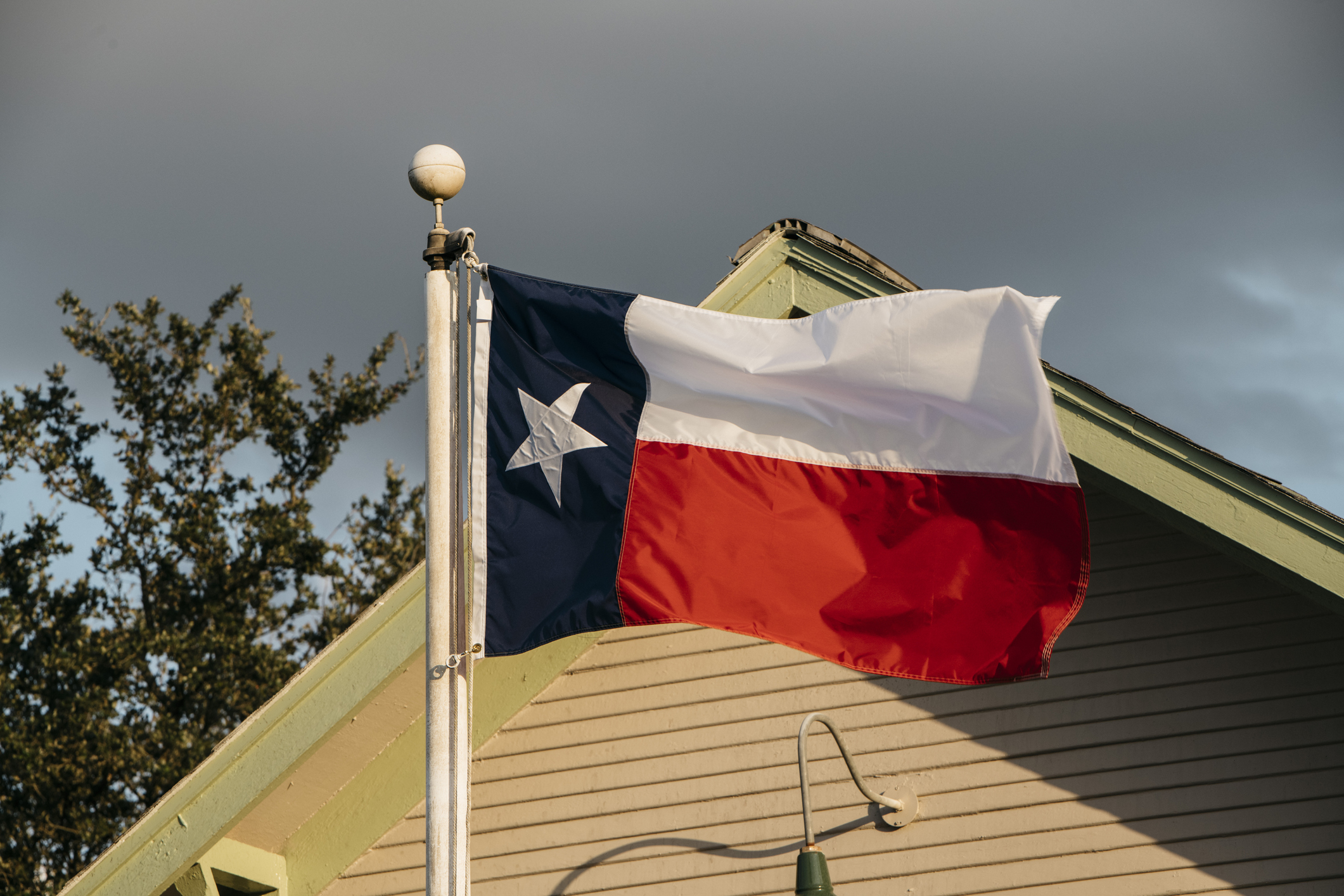
To help you understand what is going on in the economy our highly experienced Kiplinger Letter team will keep you abreast of the latest developments and forecasts (Get a free issue of The Kiplinger Letter or subscribe). You'll get all the latest news first by subscribing, but we will publish many (but not all) of the forecasts a few days afterward online. Here’s the latest…
Texas employment growth will be the toast of the South Central region: 1.9%, still among the strongest in the country. Labor force growth has maintained a strong upward trend. The oil and gas, construction, and healthcare sectors are growing the fastest, all at a greater-than-4% clip.
The state’s main growth centers are its major metro areas: Austin, Dallas-Ft. Worth, Houston and San Antonio. The tech slowdown has hurt Austin, but the city has a high rate of start-ups, and venture capital spending is expected to rebound this year. The Dallas area will host nine games of the World Cup in 2026, more than any other site. Trina Solar is building a solar panel plant in Wilmer, creating 1,500 jobs. The Biden administration’s freeze on new permits for liquefied natural gas export terminals will hurt a major project in Port Arthur, but another in Brownsville managed to beat the deadline. Expect more action, such as new battery installations, to shore up Texas’s renewables-heavy electric grid.
Louisiana is up next, where employment growth will remain strong at 1.6%. Hospitality and tourism continue to struggle, with the overall number of jobs still 7.3% below pre-pandemic levels. But the labor force has nearly recovered, easing worker shortages, especially as job openings come down from earlier highs. Construction work is a major boon. The New Orleans-Baton Rouge area currently has $33 billion in projects underway, with another $60 billion proposed, including a $4.5 billion blue hydrogen plant in Burnside. The southwest part of the Pelican State also has a $60 billion backlog of proposed construction projects, mostly LNG export terminals. The White House’s permit pause for such projects will cause some delays but won’t affect existing terminals or those near completion. Finally, a change in state regulations is allowing riverboat casinos to move to land, which has jumpstarted a number of construction projects.
New Mexico job growth will clock in at 1.2%. The Land of Enchantment still has the highest job opening rate in the region. Construction, manufacturing and healthcare are all going strong, though the tech sector has taken a hit. Water conservation is on everyone’s mind at the moment. Santa Fe has proposed a 50-year plan that includes spending $500 million to recycle water from industrial sources, mostly fracking (which uses 15 million gallons per well). There are two recycling facilities in southeast New Mexico, with Infinity Water Solutions set to build three more this year. Improving water availability will benefit many industries. It was a major reason solar panel manufacturer Maxeon decided to locate a new plant near Albuquerque, which will bring 1,800 jobs. A growing semiconductor industry also needs more water: A new $3.5 billion Intel facility just opened in Rio Rancho.
Oklahoma will lag the rest of the region, with still-strong employment growth of 1%. The state’s population is growing, with an in-migration rate almost as good as Texas’s. Even as the tech sector struggles, construction, healthcare and hospitality are all thriving. A rare earths refining plant is slated for Lawton. It will be the only one in the U.S. when it opens. The same is true of the lithium refinery coming to Muskogee. (Muskogee is also getting its first data center from Polaris.) Bartlesville will welcome a recycling plant to extract lithium from used batteries. The Oklahoma Turnpike Authority said its $5 billion, 15-year ACCESS project is back on track after it was put on hold for almost a year because of legal challenges.
This forecast first appeared in The Kiplinger Letter, which has been running since 1923 and is a collection of concise weekly forecasts on business and economic trends, as well as what to expect from Washington, to help you understand what’s coming up to make the most of your investments and your money. Subscribe to The Kiplinger Letter.







